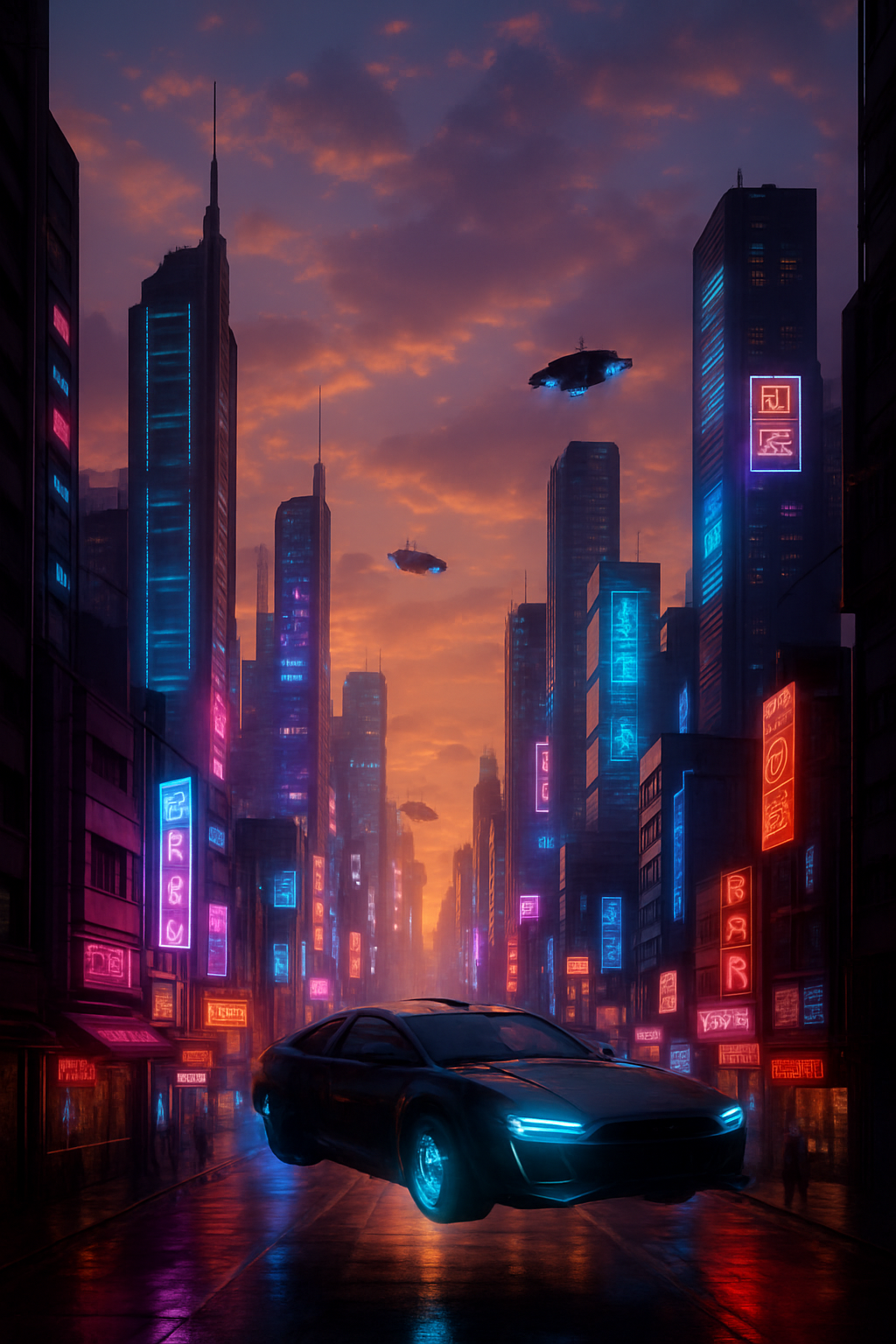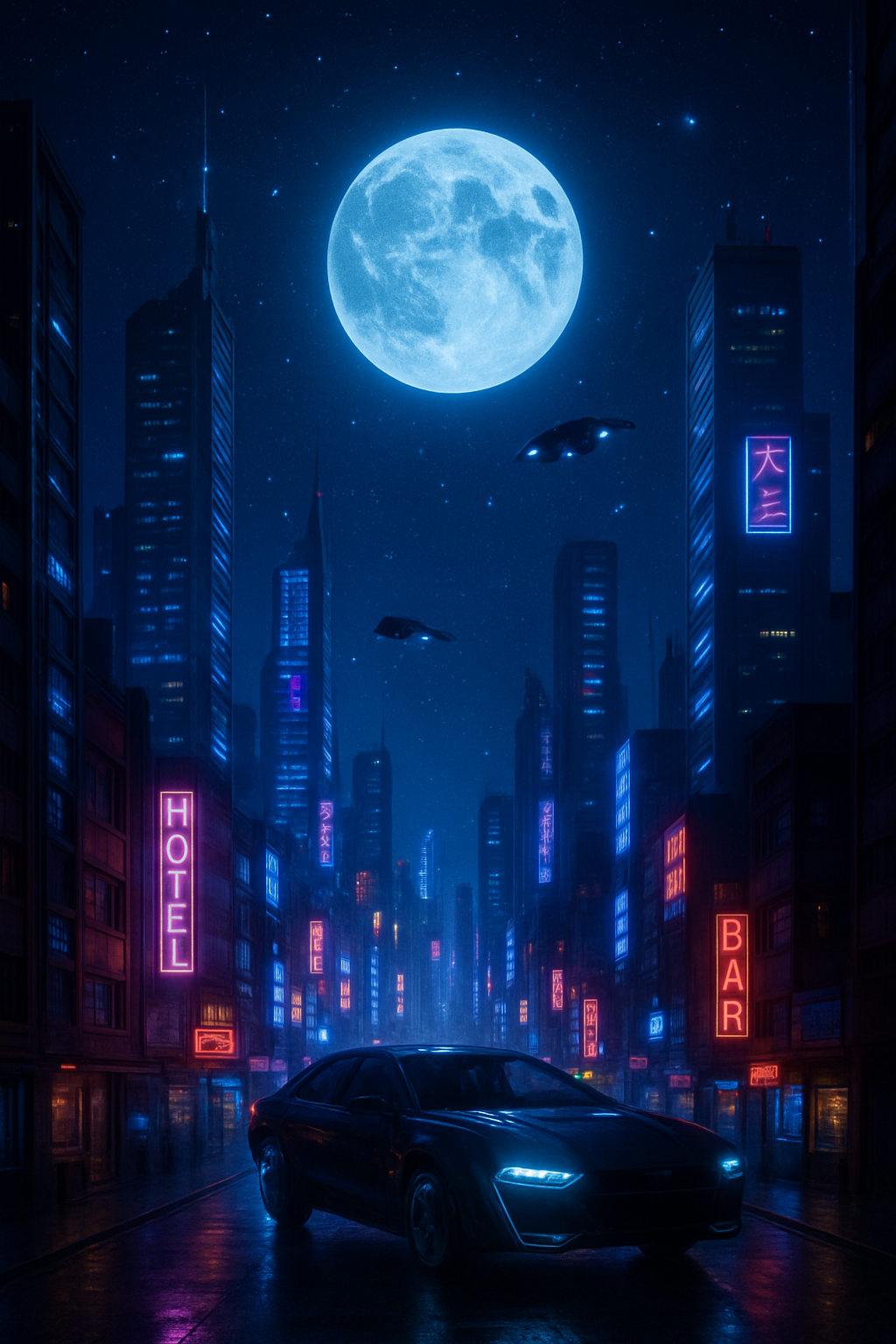Exploring Open AI’s GPT-Image-1 API Release
A deep dive into Open AI’s newly released GPT-Image-1 API, empowering developers with advanced image generation capabilities.
Source Code: Open AI API Documentation
Introduction
On April 23, 2025, Open AI announced the release of its advanced image generation model, gpt-image-1, as an API, bringing powerful text-to-image generation capabilities to developers. Previously integrated into ChatGPT, this model is now accessible for broader applications, enabling seamless integration into platforms like Adobe, Figma, Wix, and more. This post explores the API’s specifications, setup process, and potential use cases, complete with placeholders for screenshots to illustrate its capabilities.
Prerequisites
To use the Open AI GPT-Image-1 API, you need:
- An Open AI API key. Sign up at platform.openai.com to obtain one.
- A development environment with Python or another supported language.
- Familiarity with REST API calls and JSON handling.
API Specifications
The gpt-image-1 API is a multimodal model, built on the GPT-4o architecture, capable of generating high-quality images from text prompts. Key specifications include:
- Input: Text prompts describing the desired image, with optional parameters for aspect ratio, color schemes (e.g., hex codes),(container truncated, continuing from previous specifications) and transparency.
- Output: Photorealistic or stylized images in formats like PNG or JPEG.
- Response Time: Image generation typically completes within 60 seconds, depending on complexity.
- Content Moderation: Built-in safeguards block harmful, explicit, or deceptive content, with C2PA metadata for AI origin verification.
- Integration: Supports platforms like Adobe, Figma, Airtable, and others, with native multimodal processing for consistent text and image outputs.
- Limitations: May inadvertently affect unintended elements during specific edits; Open AI is refining this through ongoing updates.
For detailed documentation, visit Open AI Platform.
Usage
Follow these steps to get started with the GPT-Image-1 API:
Step 1: Set Up Your Environment
Install the Open AI Python SDK:
pip install openai
Step 2: Configure Your API Key
Store your API key securely. Create a script to initialize the Open AI client:
import openai
openai.api_key = "your-api-key-here"
Step 3: Generate an Image
Use the following example to generate an image from a text prompt:
response = openai.Image.create(
model="gpt-image-1",
prompt="A photorealistic image of a futuristic city at sunset, with neon lights and flying cars",
size="1024x1024",
quality="high",
n=1
)
image_url = response["data"][0]["url"]
print(f"Generated Image URL: {image_url}")
Run the script:
python generate_image.py
Output Example:
Generated Image URL: https://example.com/generated_image.png
Step 4: View Results
The API returns a URL to the generated image. Below is a placeholder for a screenshot of a generated image (e.g., the futuristic city described above).
 Caption: Sample output from GPT-Image-1 API showing a futuristic city at sunset.
Caption: Sample output from GPT-Image-1 API showing a futuristic city at sunset.
Step 5: Experiment with Edits
The API supports iterative refinements. For example, modify the generated image:
response = openai.Image.edit(
model="gpt-image-1",
image="https://example.com/generated_image.png",
prompt="Add a glowing moon and stars to the sky",
size="1024x1024"
)
edited_image_url = response["data"][0]["url"]
print(f"Edited Image URL: {edited_image_url}")
 Caption: Edited image with a glowing moon and stars added to the original scene.
Caption: Edited image with a glowing moon and stars added to the original scene.
Use Cases
The GPT-Image-1 API opens up numerous possibilities:
- Design & Branding: Create logos, posters, and social media graphics with precise text placement.
- Game Development: Generate consistent character designs or game environments.
- Education: Produce diagrams, infographics, or historical visualizations.
- Marketing: Craft tailored advertisements or event invitations.

